Data Science Career Paths: Analyst, Scientist, Engineer – What’s Right for You?
How to Learn Machine Learning
APRIL 26, 2025
Data can be generated from databases, sensors, social media platforms, APIs, logs, and web scraping. Data can be in structured (like tables in databases), semi-structured (like XML or JSON), or unstructured (like text, audio, and images) form.




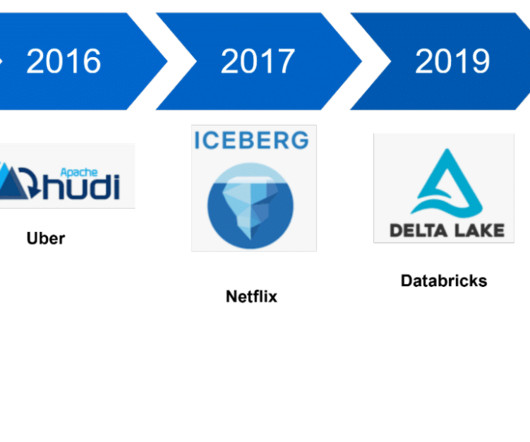
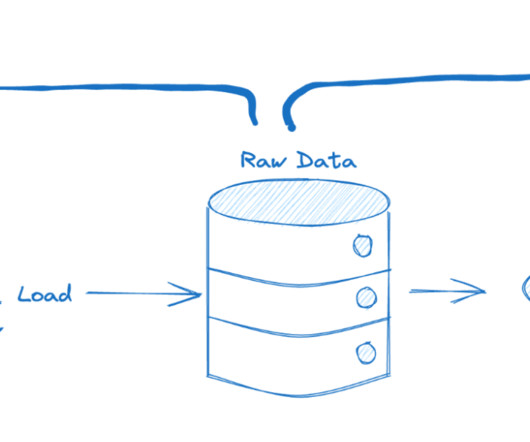
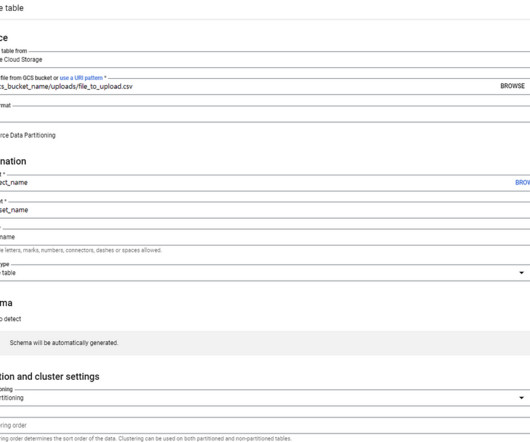
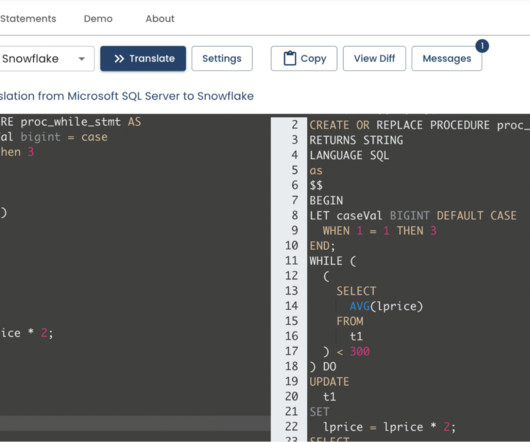
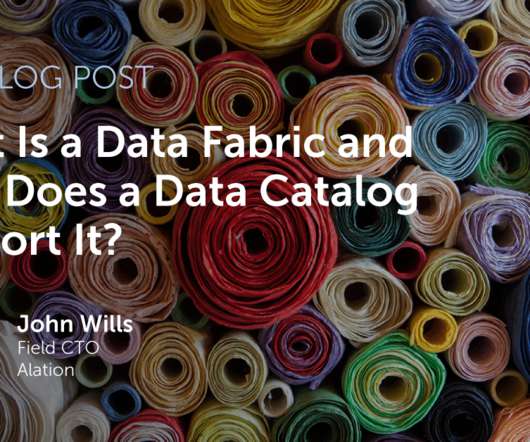
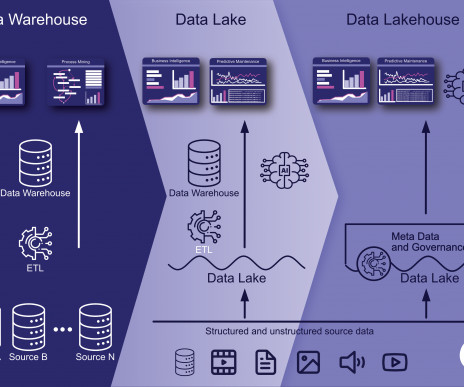






Let's personalize your content